#stagecoach 1939
Text



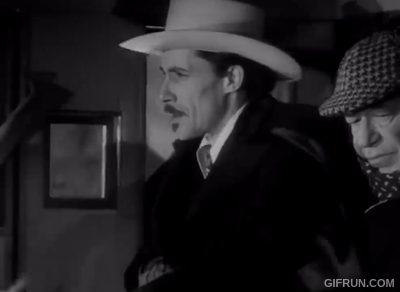


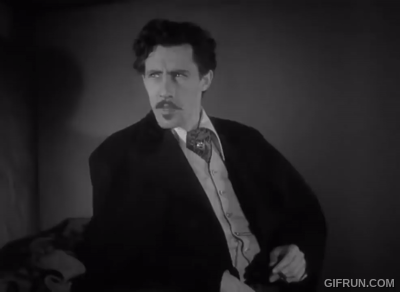

Hatfield played by John Carradine in John Ford's Stagecoach.
#john carradine#louise platt#hatfield#mrs. mallory#stagecoach 1939#john ford#john wayne#thomas mitchll#berton churchill#old hollywood#western#classic western#donald meek
2 notes
·
View notes
Link
"I'm not only a philosopher, sir, I'm a fatalist. Somewhere, sometime, there may be the right bullet, or the wrong bottle, waiting for Josiah Boone. Why worry when or where?"
I liked the part with the mirror.
An interesting plot, with well defined character archetypes and great pacing. The situation was clear cut enough to invest in, but dynamic enough to keep things moving nicely. The depiction of the Native Americans as bloodthirsty savages existing only as a plot device was far from great.
Despite the large number of characters, it was never too hard to work out who was who, though sometimes their motivation was a little unclear, particularly Hatfield's. The drunkard surgeon Doc Boone, played by Thomas Mitchell, was by far the best character. Andy Devine was playing pretty much the same character I've always seen him play, and was as annoying as ever.
The final chapter in Lordsberg took quite a shift in tone, becoming almost the ending to a different movie as it focussed on Ringo's revenge plot, but it was quite good. There was also an earlier scene where a musical number started completely at random, and then the character who had been singing just left the movie entirely. That one felt really out of place, like they had been contractually obligated to include a song.
A movie that seemed ahead of its time in terms of writing and structure. Overall, I thought it was pretty good.
0 notes
Photo
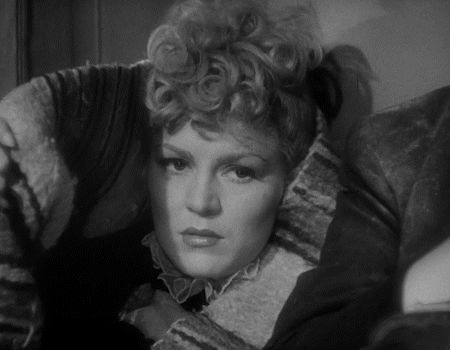
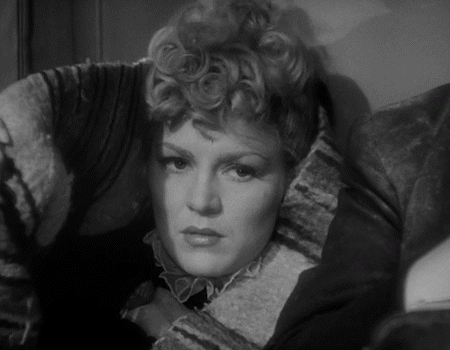
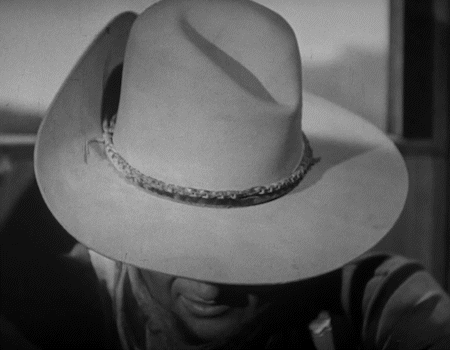
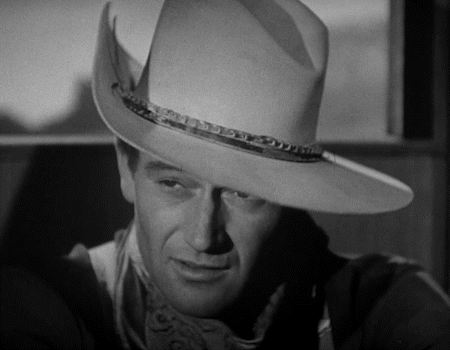
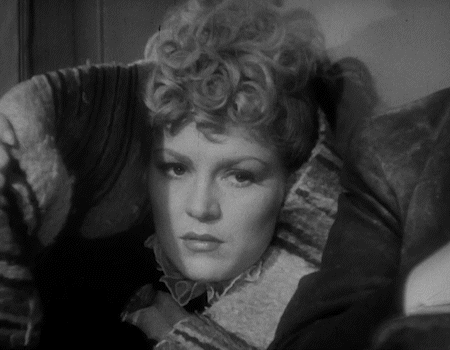

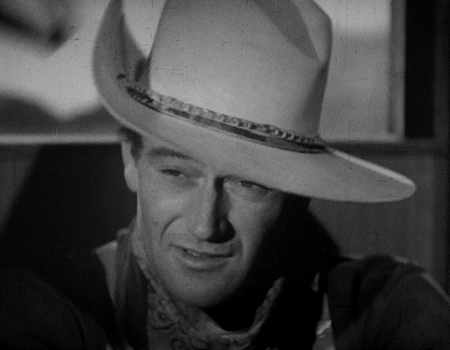
JOHN WAYNE and CLAIRE TREVOR in STAGECOACH (1939) | dir. John Ford
#stagecoach#1930's cinema#1939#john wayne#claire trevor#filmedit#filmblr#classicfilmedit#western#westernedit#adventureedit#romanceedit#john ford
67 notes
·
View notes
Text


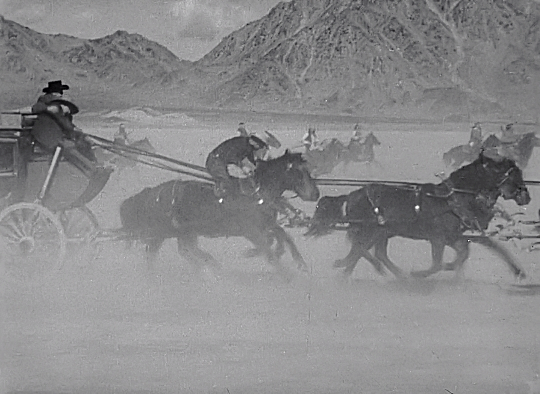
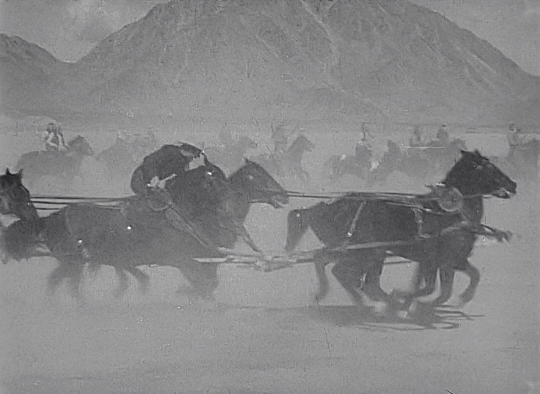
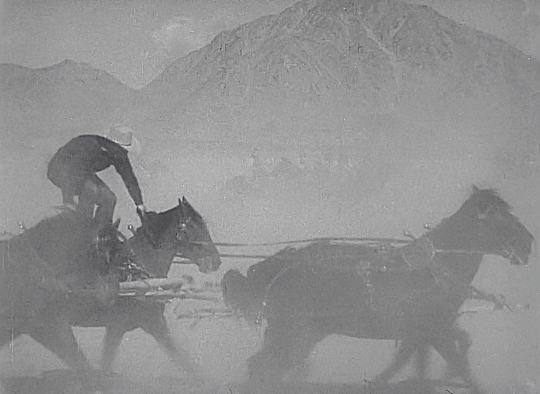
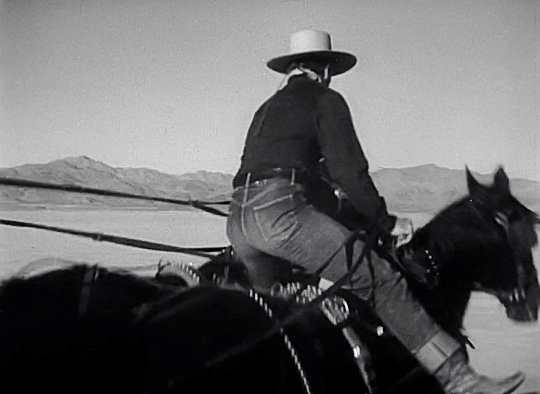
Stagecoach (1939).
dir. John Ford
#Stagecoach#John Wayne#Yakima Canutt#Andy Devine#George Bancroft#1930s#1939#John Ford#my gifs#userthing#cinemaspast#cinemapix#cinematv#userstream#motionpicturesource#filmtvcentral#userbbelcher#junkfooddaily#classicfilmblr#classicfilmcentral#classicfilmsource
14 notes
·
View notes
Text

4 notes
·
View notes
Photo

behind the scenes in Utah’s monument Valley, American director John Ford and crew at work on the film Stagecoach in 1939
16 notes
·
View notes
Photo
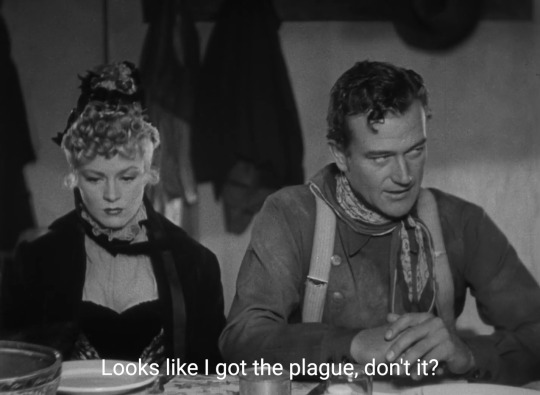

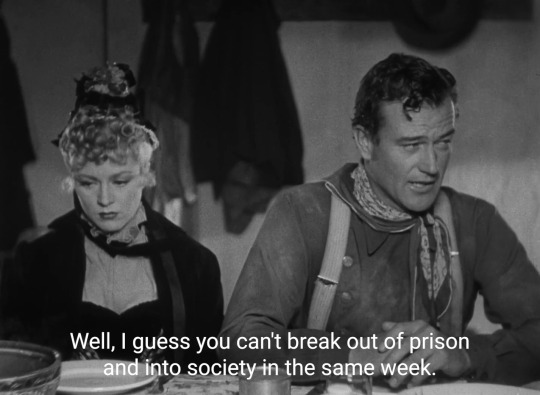
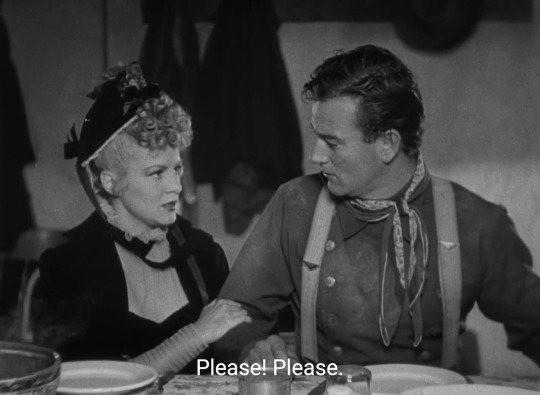
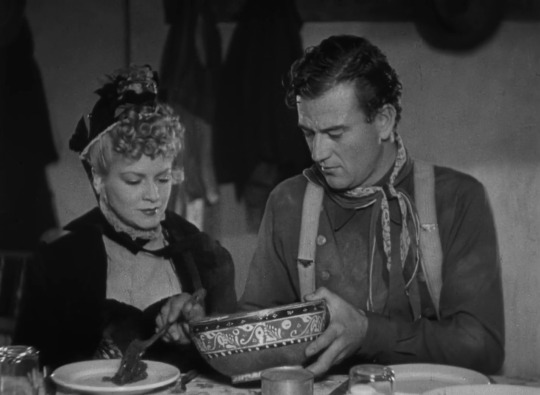
Well, I guess you can't break out of prison and into society in the same week.
#stagecoach#john ford#john wayne#claire trevor#1939#western#ringo kid#scenephile#dallas#film quotes#movie quotes#film#movie scenes#film scene#movie scene
21 notes
·
View notes
Video
youtube
Stagecoach - Movies 1939 - John Ford - Action Western Movies (Western Fi...
0 notes
Text
Stagecoach (1939)
A group are travelling across dangerous territory when they pick up a fugitive on a mission to avenge his family.
The characters in the coach are each given useful introductions and a brief opportunity to talk about their back stories. It’s a little unnaturalistic but necessary for the plot and subtext. Each are from some kind of traditionally respectable background but they also reveal corruption or poor decisions as part of their personalities which subverts the class positions they fail to uphold.
As is a shameful feature of the Western genre, the Native Americans are portrayed as less of a culture and more a hostile part of the scenery. Even when they are first seen making war signals the recognition is more like the characters have seen a volcano becoming active rather than a warning from an intelligent source.
As one of John Wayne’s earlier roles before his career and the genre really took off it is somewhat understated and works rather better than some of his later work for this reason. He feels more human rather than an iconic prop set up as the feature for the film. The action scene was entertaining enough and worked effectively as a finale.
The chase effects were decent enough but it was difficult not to notice how the moving background was a rougher kind of film than the fore-action. The narrative itself prior to the attack is slow and trundling like the carriage itself and even the small disputes don’t hold much suspense since none of the coach passengers are likeable enough to sympathise with their peril much.
2/10 -It’s not THE worst, that’s something else. But…-
-The climactic shootout is almost entirely off-screen and lasts only 30 seconds.
-Wayne’s 80th film at the time.
-The local Navajo population played the Apaches in the film.
0 notes
Text
List of names Rob Zombie used or referenced in House of 1000 Corpses/The Devil's Rejects + where they're from:
The last name "Firefly" is from Duck Soup, 1933
Captain Spaulding -> Captain Spaulding (Animal Crackers - 1930), Ringo (Stagecoach - 1939)
Otis B. Driftwood -> Otis B. Driftwood (A Night at the Opera - 1935), Mr. Hammer (The Cocoanuts - 1929), J. Cheever (Love Happy - 1949), Quincy Wagstaff (Horse Feathers - 1932)
Baby Firefly -> Vera-Ellen (Vera-Ellen, actress/dancer known for lip syncing, who also starred in the Marx brothers film Love Happy), Baby Jane (Whatever Happened to Baby Jane? - 1962), Bunny (Love Happy - 1949)
Mama Firefly -> Gloria Teasdale (Duck Soup - 1933), Eve Wilson (Marx Brothers Go West - 1940)
Rufus "RJ" Firefly -> Rufus T. Firefly (Duck Soup - 1933)
The Professor (Earl) -> The Professor (Animal Crackers - 1930)
Ravelli -> Signor Emanuel Ravelli (Animal Crackers - 1930), Ravelli (The Big Store - 1941)
Grandpa Hugo -> Dr. Hugo Z. Hackenbush (A Day at the Races - 1937) (Hugo's is quite interesting since he was originally intended to be Doctor Satan, I'm assuming thats why his name was derived from a character with the Doctor title)
Charlie Altamont -> Wolf J. Flywheel (The Big Store - 1941)
Doctor Satan/S. Quentin Quale -> S. Quentin Quale (Marx Brothers Go West - 1940)
#that's everything I can recall from the top of my head 👍 I don't think I missed anything#this list is more for my own reference but if anyone gives a fuck here. have at it.#house of 1000 corpses#the devil's rejects#otis driftwood#captain spaulding#baby firefly#the marx brothers#rob zombie#firefly#mine
50 notes
·
View notes
Photo
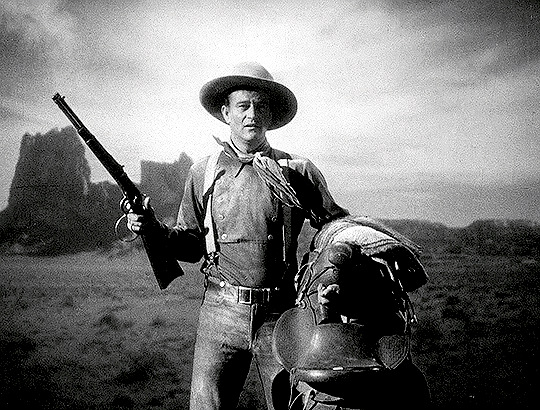
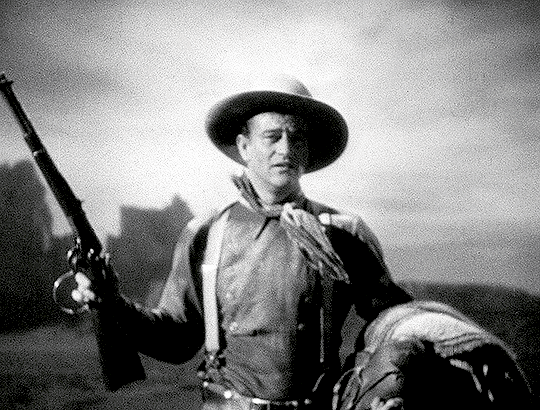

JOHN WAYNE’s iconic entrance in STAGECOACH (1939), dir. John Ford.
#filmgifs#userbbelcher#classicfilmblr#classicfilmsource#uservintage#cinemaspast#oldhollywoodedit#classicfilmedit#filmedit#usersavana#userdeforest#userjack#userzo#stagecoach#john wayne#western#drama#1930s#*#by joy
664 notes
·
View notes
Text



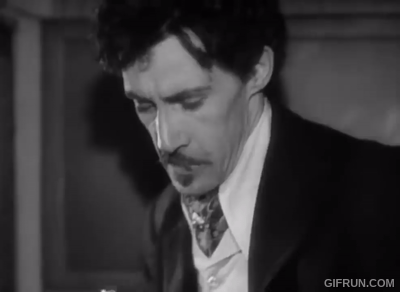
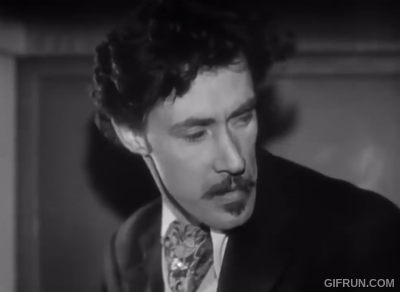

"If you're in Virginia, and you see Judge Ringfield, tell him that his son..."
Hatfield played by John Carradine in John Ford's Stagecoach.
#john carradine#john ford#john wayne#stagecoach 1939#thomas mitchell#louise platt#mrs. mallory#hatfield#old hollywood#classic western#western
1 note
·
View note
Text
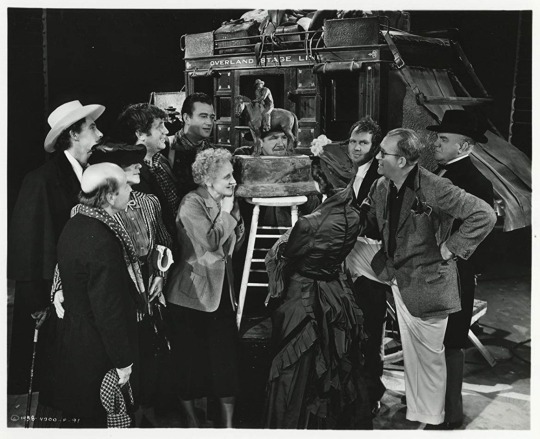
John Ford and the cast of STAGECOACH (1939): Donald Meek, John Carradine, Claire Trevor, Nora Cecil, John Wayne, Berton Churchill, Andy Devine, Thomas Mitchell.
38 notes
·
View notes
Text
warriors of heaven and earth (2003) does everything a western-informed wuxia starring jiang wen ought to, and it does it very well. it has caves and camels and homoerotic rivalries, buddhism and poisoned wells, beautifully choreographed fights beautifully shot by the same expert camera that captures the gobi desert in all its red-and-gold glory. its story also illuminates an element of westerns reflected not just in this film but in many chinese films set on the silk road. firstly, among the dramatically loosened social structures of the west, and in the consequent blurring of the narrative role of hero, racial boundaries take on a heightened narrative role. in once upon a time in the west (1968) a new orleans sex worker can become a lady and a vengeful scoundrel can become a leading citizen, but the chinese laundresses will always be a harem of chinese laundresses, submissive and slightly whoreish; in the good, the bad, and the ugly (1966), a scruffy, homeless criminal can be a hero and an ex-southern gentleman can be a villain, but tuco will always be a silly, slimy, self-interested mexican. secondly, and perhaps more obviously, in the colonized west the indigenous people are reframed as the invaders; a casual look at the hordes of “savages” that dog the ever-innocent heroes of stagecoach (1939) and its ilk provides sufficient illustration on that point. this film reflects both of these in its careful, even exaggerated, establishment of the han, non-han, and honorary han status of its characters, the depiction of göktürks as by turns a prop, a costume, and an ululating horde, and the film’s unquestioned premise that sacred buddhist relics are best taken out of the buddhist countries of the west and housed in china’s capital all reflect these structural pillars of the western genre. this is not the director’s argument. they are, as said before, structural pillars used to prop up and propel the plot, and the director has taken advantage of the space between them to build a visually beautiful and undeniably entertaining film. but they are pillars at the heart of warriors of heaven and earth (2003) nonetheless, and the east-west connection they illuminate certainly bears consideration
12 notes
·
View notes
Text
"You cant have an opinion on something you haven't watched" Have you people ever heard of boycotting like. I already know Stagecoach (1939) has a racist portrayal of Native Americans and what's in it, I know my tastes, and know I wouldn't like it, I don't have to watch it myself to know it's racist and to be valid in my opinion that it's racist and to confirm I wouldn't like it
53 notes
·
View notes
Photo

24 People Perished In A Train Derailment Caused By Unknown Saboteurs
The City of San Francisco luxury train was running 30 minutes behind schedule the night of August 12, 1939. To make up for lost time, engineer Ed Hecox pushed the state-of-the-art streamliner to 90 miles per hour while traveling through the Nevada desert. Hecox knew the area well - he had been transporting travelers from Chicago to Oakland and back since he was a stagecoach driver in the 1880s.
The train was at top speed as it approached bridge #4 over the Humboldt River Gorge. Just before the train crossed the overpass, Hecox noticed a tumbleweed on the tracks. The conductor immediately slammed on the brakes, but it was too late. As the momentum from the engines propelled the derailed front cars forward over the bridge, five other cars decoupled and plunged into the riverbed below.
Twenty-four people perished from the impact, and severely injured passengers had to crawl over dismembered body parts in the dark night to seek help. One of the passengers was a doctor, who helped triage and stabilize as many victims as possible. Hecox ran for help, but the next town was miles away. When he finally reached Harney, he alerted authorities and gathered volunteers. The injured lit portions of the train on fire to provide visibility as they awaited Hecox's return. All 170 passengers suffered injuries, and the first rescue train didn't arrive until the following day.
Upon investigation, authorities found that someone had tampered with a 30-foot section of tracks near the bridge. Its spikes had been pulled out, and the track was bent inward. Additionally, the tumbleweed had been tied to the damaged railing to camouflage the saboteurs' work.
Investigators never caught the perpetrators, and the motive behind the sabotage remains a mystery. Officials estimated the job would've taken more than 90 pounds of tools and several hours to complete - an impossible feat for one person. But instead of focusing on suspects with ties to the railroad or its passengers, investigators focused on transient men in the area made homeless from the Great Depression. After numerous interviews, they found that none of the local homeless men could've been responsible for the incident. Volunteers and looters looking for souvenirs the night of the crash had destroyed any clues that may have led to catching any plausible suspects. When the US entered WWII a few years later, officials abandoned the investigation.
30 notes
·
View notes